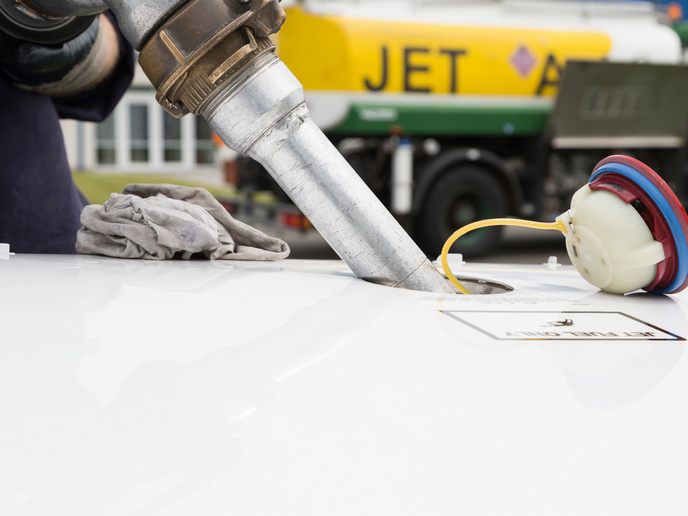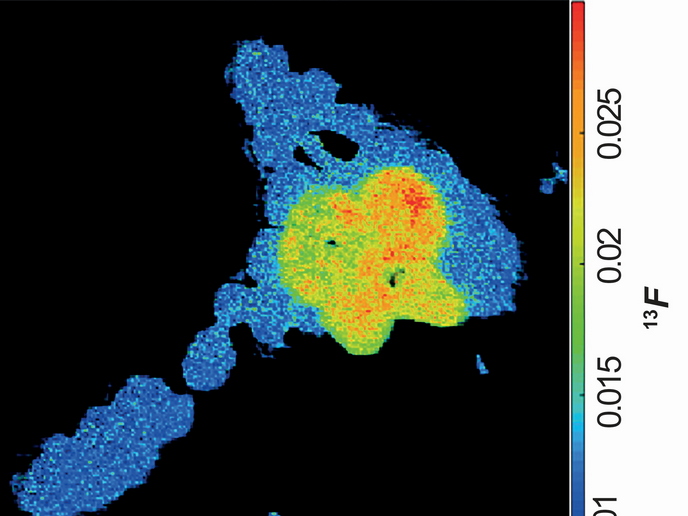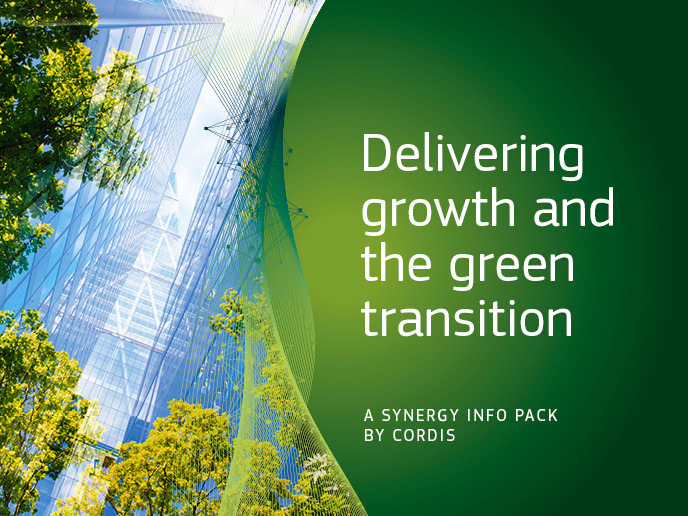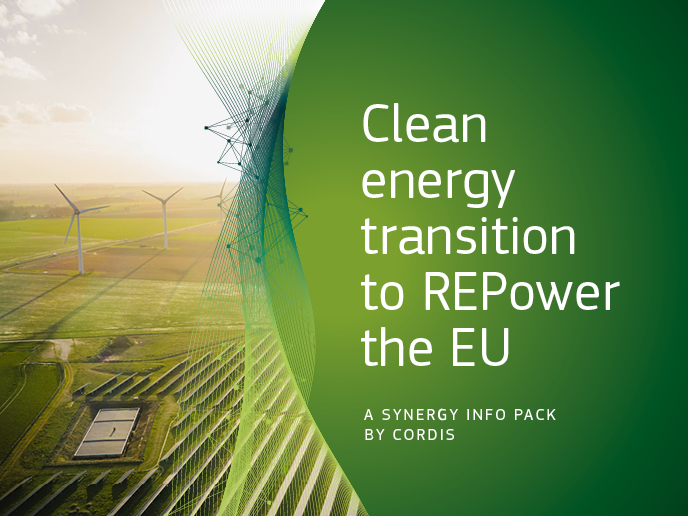Efficiently producing jet fuel from captured CO2
Carbon capture and utilisation (CCU) technologies are innovative and promising solutions designed to help tackle climate change. They work by capturing carbon dioxide (CO2) emissions from various sources – power plants, factories or even directly from the air – and then putting this captured CO2 to use rather than releasing it into the atmosphere. “CCU technologies provide a pathway to both reducing emissions and creating economic opportunities in a low-carbon future,” says eCOCO2(opens in new window) project coordinator José M. Serra from the Spanish National Research Council(opens in new window) (CSIC). “As promising as CCU technologies are, though, there are still a number of challenges that need to be addressed to bring them to market effectively.” These challenges include the cost of developing and deploying CCU technologies, achieving necessary efficiency levels and scaling up to meet industrial needs. Adequate market demand is required, and implementation needs to be carried out in ways that minimise environmental impacts.
Novel CO2 conversion process
The eCOCO2 project sought to address these challenges by developing a novel CO2 conversion process. This process utilises renewable electricity and water steam to generate synthetic jet fuel capable of meeting stringent aviation specifications. The CO2 converter itself consists of a tailor-made multifunctional catalyst integrated into a co-ionic electrochemical cell. “We wanted to establish a compact, modular and flexible process that would enable operational and economic adjustment to renewable energy fluctuations,” adds Serra. Current CCU technologies using renewable electricity to produce fuels tend to suffer from low energy efficiency. A key aim of the project team, therefore, was to demonstrate the market potential of this innovation in order to move the technology closer towards commercialisation.
Technical advancements and economic viability
The eCOCO2 project team believes that significant advances have been made. A comprehensive evaluation of co-ionic electrolytes was carried out, in order to assess their stability and conductivity, as well as their ability to operate at lower temperatures. Additionally, novel hybrid catalysts were developed for the efficient production of jet fuel hydrocarbons from CO2. “During the validation phase, we were able to demonstrate the operation of the electrochemical reactor at high pressure, using single tubular cells,” explains Laura Almar, a CSIC team member. “This showcased successful methanation and co-electrolysis reactions.” In parallel with the project’s technical advancements, the project team also assessed the economic viability of their innovations, through rigorous cost analysis and life cycle assessments. Societal perception studies were also conducted, revealing the growing acceptance of CO2-based fuels and innovative climate change solutions among the public. “The eCOCO2 results underline not only the technical feasibility but also the strategic significance of scaling up these innovative solutions for efficient CO2 emission reduction across industrial sectors,” says Almar.
Application in other industrial sectors
The next steps include further scaling up the technology. This will involve conducting demonstrations with larger volumes, using carbon extracted from high-emitting industries such as steel and cement. “We expect this project to provide a solid foundation for the continuation of similar studies,” remarks Serra. “There is potential to expand the technology for the production of other products, such as chemicals like aromatics or olefins, and extend its application to other industrial sectors, including the use of biogenic(opens in new window) renewable carbon sources.”







